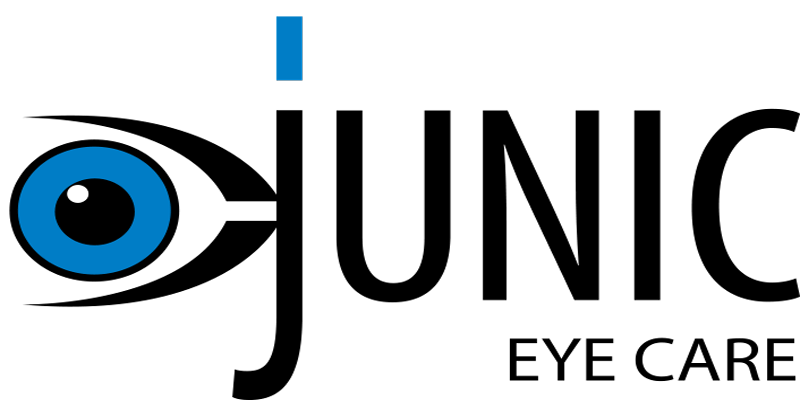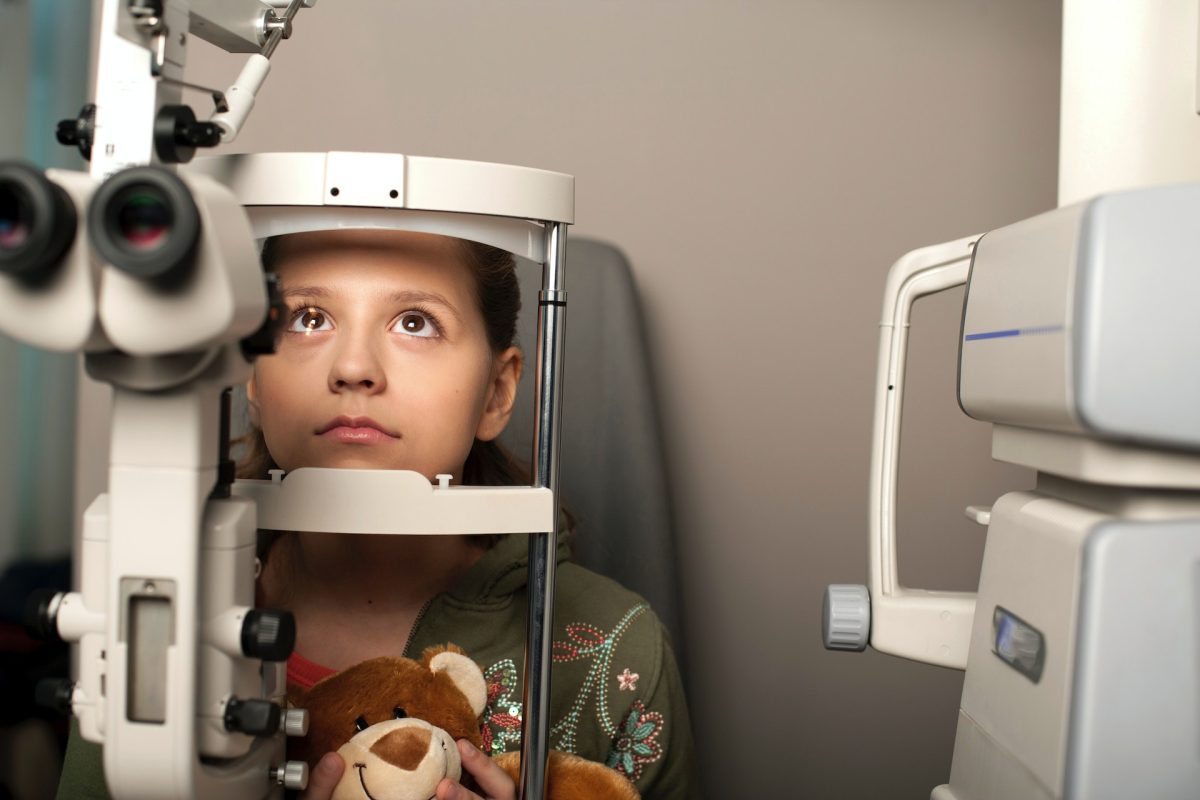The impact of blue wavelength light on eyes and vision has received a lot of press in recent years. This has led to a wave of commercially available lenses and lens coatings that claim to protect your eye health by eliminating or reducing blue wavelength radiation from reaching the eyes. The information out there can be confusing and sometimes conflicting. Here are the facts about blue light and your vision.
Blue light is short wavelength, high energy radiation.
Blue light represents the short wavelength end of the visible light spectrum. If you think about the rainbow, it starts with red (long wavelength, low energy), and ends with blue and violet (short wavelength, high energy). White light and sunlight are comprised of all wavelengths of the spectrum, including blue. High-energy blue-coloured light includes wavelengths from 380-500nm, covering all shades and hues of visible blue colour. Ultraviolet radiation is a range of wavelengths shorter than 380nm and is invisible to the human eye.1 Other sources of blue light include fluorescent lighting, LED lights and flat screen TV screens, and devices such as computers, smartphones, and tablets.1,2
Blue light can be related to digital eyestrain.
Although eyestrain and visual discomfort from staring at a screen can be due to a number of reasons, the blue light emitted from your device could be contributing.1-3 Symptoms of digital eyestrain include fatigue, sore, dry eyes, and intermittent blurring of your vision.2 In addition to blue radiation from your screen, other factors that contribute to digital eyestrain include dryness from reduced blinking, poor posture, and not giving your eyes enough breaks. Several spectacle lens manufacturers are offering blue-blocking lens coatings; while some people do find these helpful in alleviating eyestrain, there is limited evidence that they work.
Blue light can interfere with your sleep patterns.
Blue wavelength light does play an important role in regulating the body’s circadian rhythms, which is our natural waking and sleeping cycles. It stands to reason that the sun is the main source of blue light,1 alerting our bodies that it’s daytime and helping us to wake up.2,3 However, excessive amounts of blue light, such as from screens, when you should be winding down for the night can overstimulate your body and make it more difficult to get to sleep.2,3 The general advice is to avoid spending time on your smartphone or computers an hour or two before you hope to turn in for the night. Many digital devices also have settings to reduce the amount of blue emitted on your device; this makes your screens look yellower.
Blue light may contribute to age-related macular degeneration.
Age-related macular degeneration (AMD) is a disease of the retina at the back of the eye, involving progressive damage to the macula and loss of your central vision. We do know that UV radiation can contribute to cancers of the eyes and surrounding skin, as well as cataracts. Furthermore, research has shown that high-energy blue light has the potential to damage the retina and induce the onset of AMD. However, in practice, the use of special blue-blocking lens implants or spectacle lens coatings to prevent AMD is still controversial as the evidence for their efficacy is conflicting.4
Blue light actually has several benefits for your body, so it’s important not to get carried away with trying to eliminate it from your surroundings. In addition to moderating circadian rhythms, blue light also plays a role in uplifting mood, boosting memory, cognitive function, and alertness.2 If you have concerns about the impact of blue light on your eyes and vision, call Junic Eye Care Plus – your Canberra Optometrist today on 02 6152 8585 to book your appointment.
References
- All About Vision. Blue Light: What You Should Know. https://www.allaboutvision.com/. 2020. Available at: https://www.allaboutvision.com/en-au/digital-eye-strain/blue-light/. (Accessed February 2023).
- Prevent Blindness. Blue Light and Your Eyes. https://preventblindness.org/. 2022. Available at: https://preventblindness.org/blue-light-and-your-eyes/. (Accessed February 2023).
- American Academy of Ophthalmology. Should You Be Worried About Blue Light? https://www.aao.org/. 2021. Available at: https://www.aao.org/eye-health/tips-prevention/should-you-be-worried-about-blue-light. (Accessed February 2023).
- Di Carlo E, Augustin AJ. Prevention of the Onset of Age-Related Macular Degeneration. Journal of Clinical Medicine. 2021; 10(15):3297.

CANBERRA OPTOMETRIST
Juliet obtained her Doctor of Optometry degree from the University of Benin, Nigeria in 2006. She completed an internship programme before migrating to Australia, where she completed a master’s degree in public health at the University of Sydney in 2014. Following this, Juliet obtained a Master of Orthoptics from the University of Technology Sydney (UTS) in 2017.
Juliet has completed her competency in optometry examination with OCANZ (Optometry Council of Australia and New Zealand), and obtained her ophthalmic prescribing rights from ACO (Australian College Of Optometry Victoria). Juliet has worked in various positions, including retail Optometry, the Ophthalmology Department at Canberra Hospital, and more recently, at the John Curtin School of Medical Research (ANU).
As a dedicated Canberra optometrist, Juliet is passionate about helping people with low vision, and binocular vision anomalies hence her interests in Low Vision Rehabilitation, Eccentric Viewing Training and Paediatric optometry.







